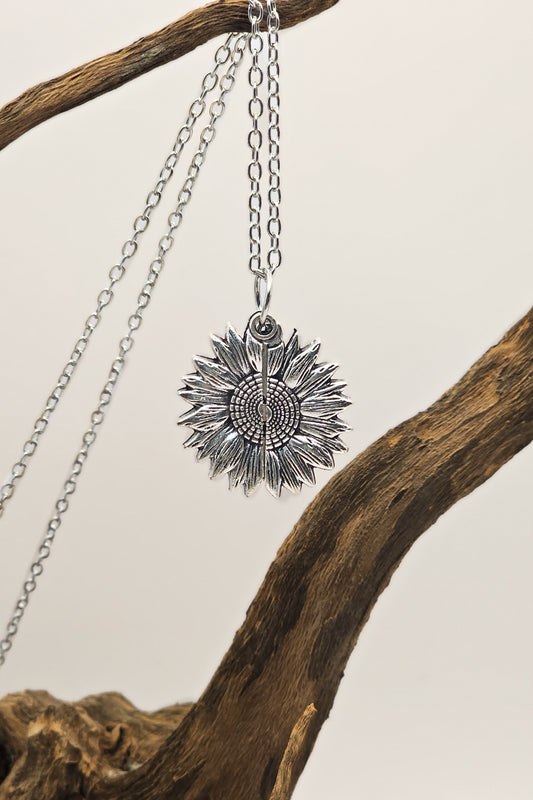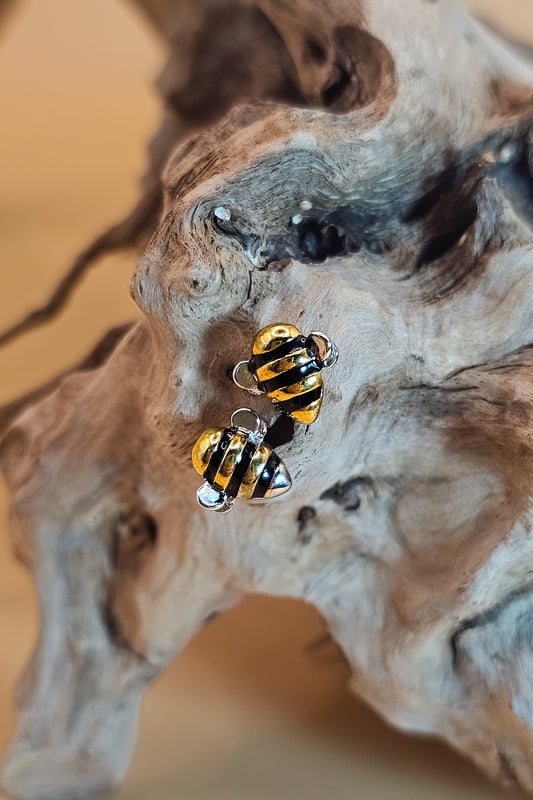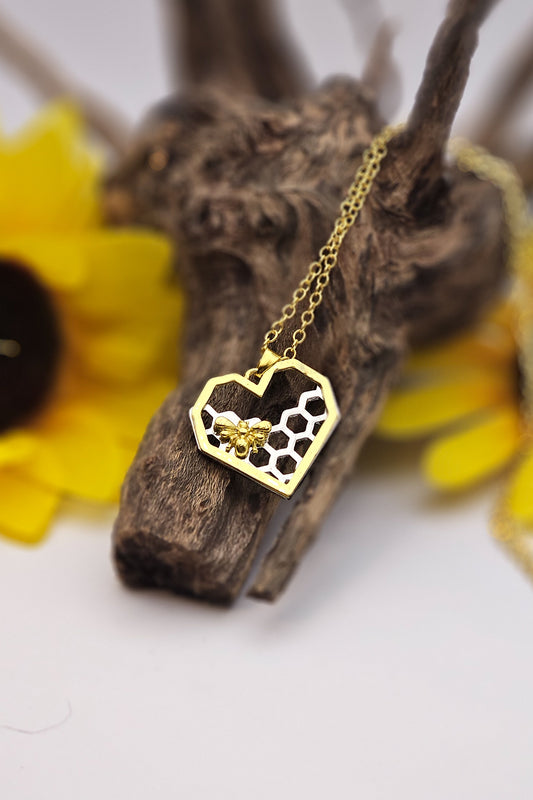In Canada and many other northern countries, plenty of people go to tree farms in the forest to cut their own Christmas tree to bring home. This extra step can add meaning to the season. The wisdom in this article applies equally to all those who buy a real Christmas tree at a local tree market.
How many people are willing to keep their Christmas tree in their back garden after the holidays are over, when most trees are curbside awaiting garbage truck removal?
According to the Nature Conservancy of Canada, your Christmas tree could be used to mimic a bit of backyard forest shelter and that would be kind to birds and bees, as well as other creatures. For how long? The rest of the winter... at least.
Dan Kraus, a senior conservation biologist at the private land conservation non-profit said that overwintering your dead tree in your garden would be very beneficial to local wildlife in your area. It provides important habitat for birds during winter storms and cold nights. And carpenter bees love burrowing their homes into wood.
Repurposing your Christmas tree is getting more popular every year. This is an unrelated 8-minute video by Oregon residents Laura and her husband at Garden Answer called Christmas Tree Turned Bird Feeder. Below their video on the YouTube channel she shows how easy it is to make all the natural food decorations she presents in the video to give you some ideas:
The tree can lie flat or be propped against something sturdy. If you want to help birds and other creatures even more, you can turn it into a project that provides both food and shelter. A bit of enthusiasm can help you redecorate the tree when you put it outside. Dress it up with things that are helpful to wildlife, like pinecones filled with peanut butter, strings of peanuts, and varieties of birdseed and suet for birds.
As spring arrives, you can place the branches were spring flowers start emerging from the soil. This provides shelter and habitat for wildflowers.
If you are put off by the thought of having to cut the tree up in spring, when all the needles have been lost, Kraus suggests you can leave the tree in the garden throughout the summer and let it decompose naturally. This way it continues to give habitat to wild bees, insects and toads that like to burrow into wood. There is an added benefit to doing this—your soil will be enriched. When birds visit your feeder, an evergreen offers them a safe place to rest.
When autumn arrives, the trunk and branches are decomposing and turning to soil. Some of the most popular Christmas trees are balsam fir and spruce, and they rot quickly when exposed to the elements according to Kraus. To speed up the decomposition process you can drill holes in the tree trunk or place the tree in a way where the cut branches and trunk contact the ground for rapid decomposition.
This advice applies to anyone anywhere with a real Christmas tree, so for more useful info go visit the Nature Conservancy of Canada website.








